Compressed Nitrogen vs. Air Nitrogen
Compressed nitrogen and air are essential to a wide range of industrial applications across sectors like manufacturing, healthcare, and energy. While the equipment used to compress these gases often shares similar components, their distinct properties require different considerations in compressor design, safety protocols, and operational efficiency.
General Background
Although both nitrogen and air are widely used in industrial settings, their compression processes differ significantly. Nitrogen (N₂) is a pure gas, whereas air is a mixture consisting primarily of nitrogen (78%), oxygen (21%), argon, and trace gases. Compressing nitrogen is more straightforward because of its consistent composition, while compressing air involves additional considerations due to the presence of reactive oxygen and other components.
Furthermore, nitrogen is an inert gas, which means it is much less reactive than oxygen and other atmospheric gases. This inertness influences both its applications and how compressors must be designed to handle it. For example, nitrogen compression systems need to ensure the gas remains free from contamination, which is not typically a concern when compressing air.
Source and Composition
- Compressed Nitrogen: Compressed nitrogen refers to nitrogen gas that has been purified and compressed for specific uses. It is typically sourced from air separation plants or chemical processes like cryogenic distillation or Pressure Swing Adsorption (PSA). The resulting gas is almost entirely pure nitrogen (N₂), usually with purity levels exceeding 99%, and is free from contaminants such as oxygen, carbon dioxide, and moisture.
- Air Nitrogen: Air nitrogen is derived directly from the atmosphere, which consists of about 78% nitrogen, 21% oxygen, and a mixture of other gases in trace amounts. It is not typically purified, although it may undergo basic filtration or separation in some cases. As a result, air nitrogen usually retains oxygen and other trace gases unless further processing is performed.
Purity and Contaminants
- Compressed Nitrogen: The purity of compressed nitrogen is a key feature, making it suitable for high-precision applications where contaminants such as oxygen, moisture, or carbon dioxide could cause significant issues. These include industries like electronics manufacturing, food packaging, and medical applications, where purity is critical.
- Air Nitrogen: Air nitrogen, on the other hand, is typically used in less sensitive applications. Since it is not purified to the same extent, it still contains oxygen and other trace gases, which can be problematic for applications requiring high-purity nitrogen.
Applications
- Compressed Nitrogen: This form of nitrogen is used in applications that require high purity or the inert properties of nitrogen. These applications include:
- Electronics Manufacturing: Nitrogen creates a controlled environment that protects sensitive components, such as semiconductors, microchips, and LCDs, from contaminants like oxygen and moisture.
- Food Packaging and Preservation: Nitrogen is used to displace oxygen in packaging, preventing oxidation and extending the shelf life of products such as chips, dairy, and frozen foods.
- Medical Applications: Nitrogen is used in cryogenic freezing to preserve abnormal tissue growth and for cooling components in MRI machines.
- Chemical Processes: Nitrogen is used for nitrogen blanketing in storage tanks to protect chemicals from oxidation and degradation.
- Air Nitrogen: Air nitrogen is suitable for applications where purity is less critical, including:
- Pneumatic Tools and Equipment: It powers tools and machinery that do not require high-purity gas.
- Industrial Processes: Air nitrogen is often used in purging, pressurization, and other processes that do not require the specific inert properties of pure nitrogen.
- General Purpose: Applications such as tire inflation and air-conditioning systems benefit from the cost-effectiveness of air nitrogen.
Cost and Efficiency
- Compressed Nitrogen: The production of compressed nitrogen is more expensive because it requires a purification process to separate nitrogen from other atmospheric gases. Costs include not only the extraction but also compression, storage, and transportation of high-purity nitrogen.
- Air Nitrogen: Air nitrogen is more cost-effective since it is directly sourced from the atmosphere. There is no need for complex separation techniques, making it cheaper to produce. However, it may not meet the stringent purity standards required for sensitive applications.
Purification Process
-
- Compressed Nitrogen: The compression of nitrogen typically involves advanced separation and purification processes like PSA or cryogenic distillation to remove oxygen, moisture, and other contaminants, ensuring high purity levels.
- Air Nitrogen: Air nitrogen typically undergoes minimal purification, if any. It may go through basic filtration to remove particulates but generally retains oxygen and other trace gases unless further separation processes are applied.
. Safety and Handling
-
-
- Compressed Nitrogen: While nitrogen is generally safe to handle, it can pose asphyxiation risks in confined spaces due to the displacement of oxygen. Proper ventilation is essential in areas where nitrogen is used in high concentrations to prevent oxygen deficiency and reduce the risk of suffocation.
- Air Nitrogen: Since air nitrogen contains oxygen, the immediate risk of asphyxiation is lower. However, adequate ventilation is still necessary to maintain safe oxygen levels, particularly in confined spaces where nitrogen could displace oxygen.
-
Key Differences
| Feature | Compressed Nitrogen | Air Nitrogen |
| Source | Pure nitrogen from air separation | Nitrogen directly from the atmosphere |
| Purity | ≥99% purity, free from contaminants | Contains oxygen and other gases |
| Applications | Electronics, food preservation, medical, chemicals | Pneumatic tools, industrial processes |
| Cost | Higher cost due to purification and processing | More cost-effective (directly from the air) |
| Safety | Asphyxiation risk in confined spaces | Lower asphyxiation risk (due to oxygen content) |
| Filtration Process | Advanced purification (PSA, Cryogenic) | Simple filtration (if any) |
Packaging Nitrogen Compressors
When packaging nitrogen compressors, there are several key considerations that set them apart from standard air compressors.
- Recycle Valve: The design and function of recycling valves can vary, but their main purpose is to redirect excess nitrogen back into the process rather than venting it to the atmosphere. This not only ensures that no gas is wasted but also helps customers save money by maximizing efficiency.
- Pressure Considerations: Nitrogen compressors are built to handle higher pressures compared to typical air compressors. Nitrogen processes generally involve higher inlet and discharge pressures, meaning compressor casings and coolers need to be designed with higher Maximum Allowable Working Pressures (MAWPs) to withstand these conditions.
- Combination Machines: Dual-process machines that can compress both air and nitrogen offer significant advantages. By combining two processes into one machine, businesses can reduce capital and operational costs. This approach also simplifies installation and long-term maintenance, providing greater operational efficiency for end users.
The primary distinction between nitrogen and air compressors lies in the gases they handle. Nitrogen compressors are engineered to manage higher pressures, filter out contaminants, and operate safely with the unique characteristics of nitrogen gas.
Conclusion
Compressed nitrogen is a purified, inert gas used in specialized applications where purity and non-reactivity are critical. In contrast, air nitrogen is a less costly option that is derived from the atmosphere and used in less sensitive industrial applications. Understanding the differences in purity, composition, and handling requirements is key to selecting the appropriate gas for specific industrial needs.
For more information on nitrogen compression systems or to explore our air separation solutions, visit our website or download our informational brochure today!

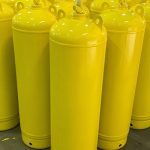
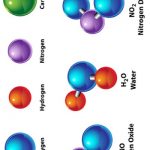
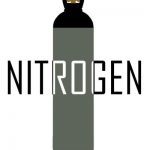
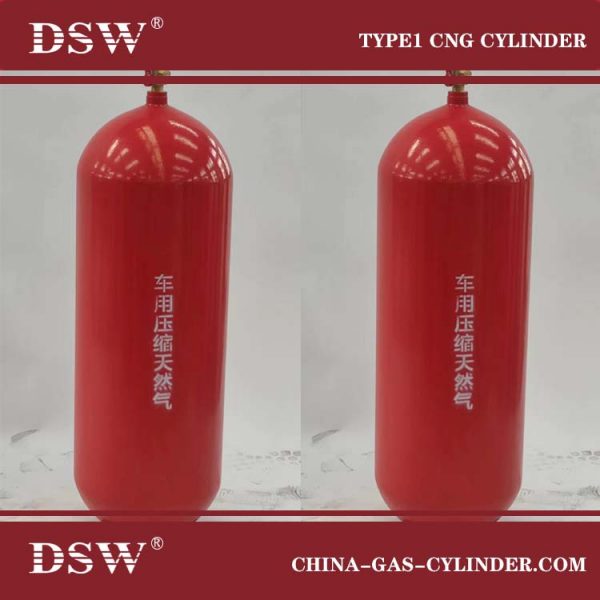
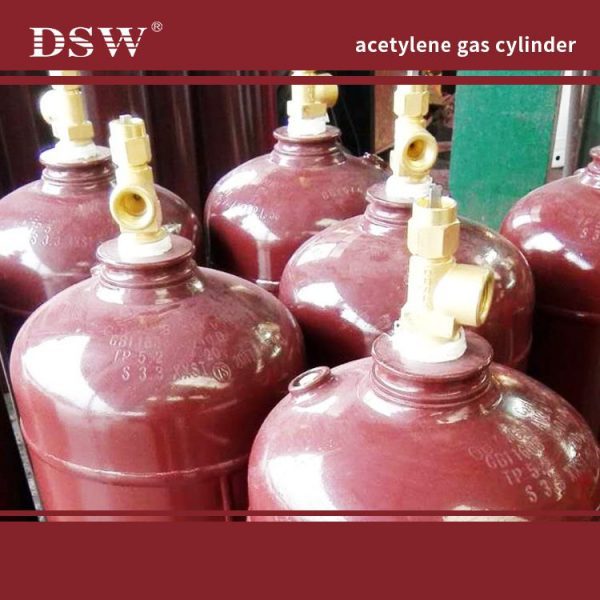
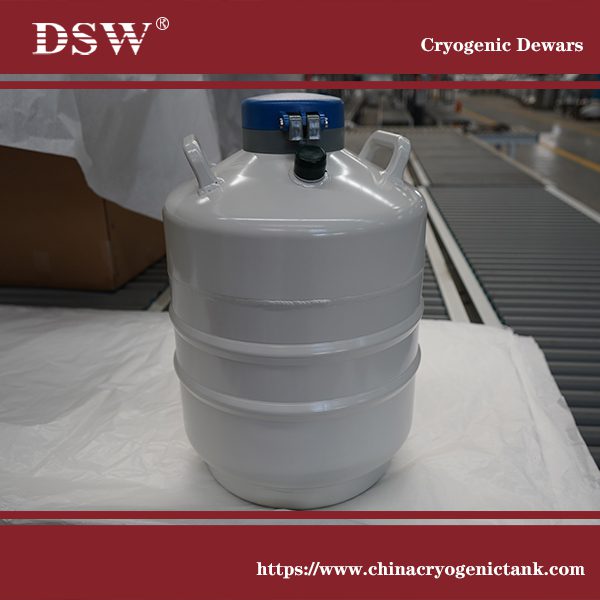
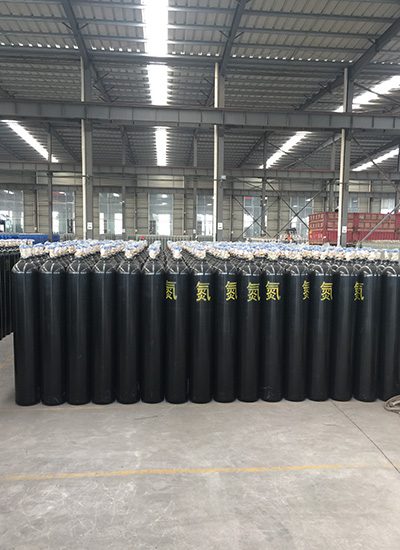
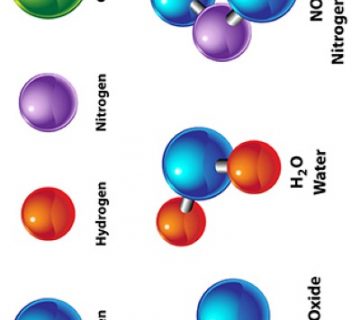
No comment